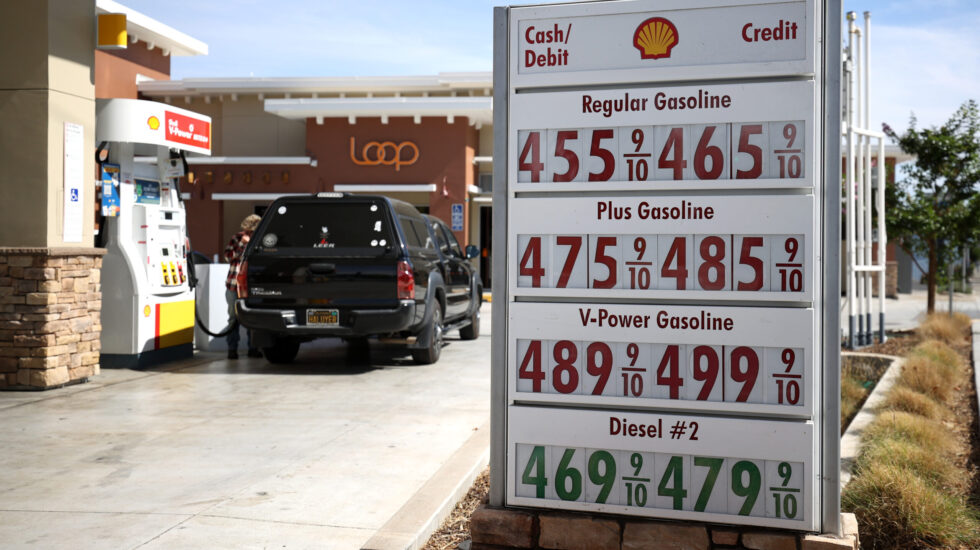Prices rose 6.2% over the last twelve months, according to data released Wednesday by the Bureau of Labor Statistics. That’s the largest annual increase since 1990.
“Higher prices for energy, shelter, food and vehicles fueled the supercharged reading and indicated inflation is broadening out beyond categories associated with reopening,” reports Bloomberg.
The Wall Street Journal explains:
Companies are struggling to get materials and are delaying orders as elevated demand for goods due to pandemic spending habits has collided with transportation bottlenecks, production disruptions from Covid-19 and labor shortages. The most prominent example is a shortage of semiconductors that has hamstrung auto production. Limited supply of new autos has driven up prices for both new and used vehicles.
Prices increased 0.9% from September to October, a rise that dwarfed analysts’ expectations of 0.6%.
CNBC provides details:
Fuel oil prices soared 12.3% for the month, part of a 59.1% increase over the past year. Energy prices overall rose 4.8% in October and are up 30% for the 12-month period.
Used vehicle prices again were a big contributor, rising 2.5% on the month and 26.4% for the year. New vehicle prices were up 1.4% and 9.8% respectively.
Food prices also showed a sizeable bounce, up 0.9% and 5.3% respectively. Within the food category, meat, poultry, fish and eggs collectively rose 1.7% for the month and 11.9% year over year.
The Washington Post explains the broader implications:
Officials at the Fed and the White House still expect inflation will be “transitory,” meaning it won’t become a permanent feature of the economy. They argue that the price increases are driven by supply chain backlogs that have constrained auto manufacturing, housing construction and food production alike. Inflation won’t come down to more sustainable levels, they argue, until those supply chains have time to clear.
But it’s unclear when that will happen, especially given how vulnerable the economy remains to the pandemic and waves of the virus. At a news conference last week, Fed Chair Jerome H. Powell said “the level of inflation we have right now is not at all consistent with price stability.
The Fed can raise interest rates to help ease inflationary pressure, but Powell has indicated he’s reluctant to do so since the labor market isn’t fully recovered.
Bloomberg adds:
The [inflation] data also threaten to exacerbate political challenges for President Joe Biden and Democrats as they seek to pass a nearly $2 trillion tax-and-spending package and defend razor-thin congressional majorities in next year’s midterm elections.



